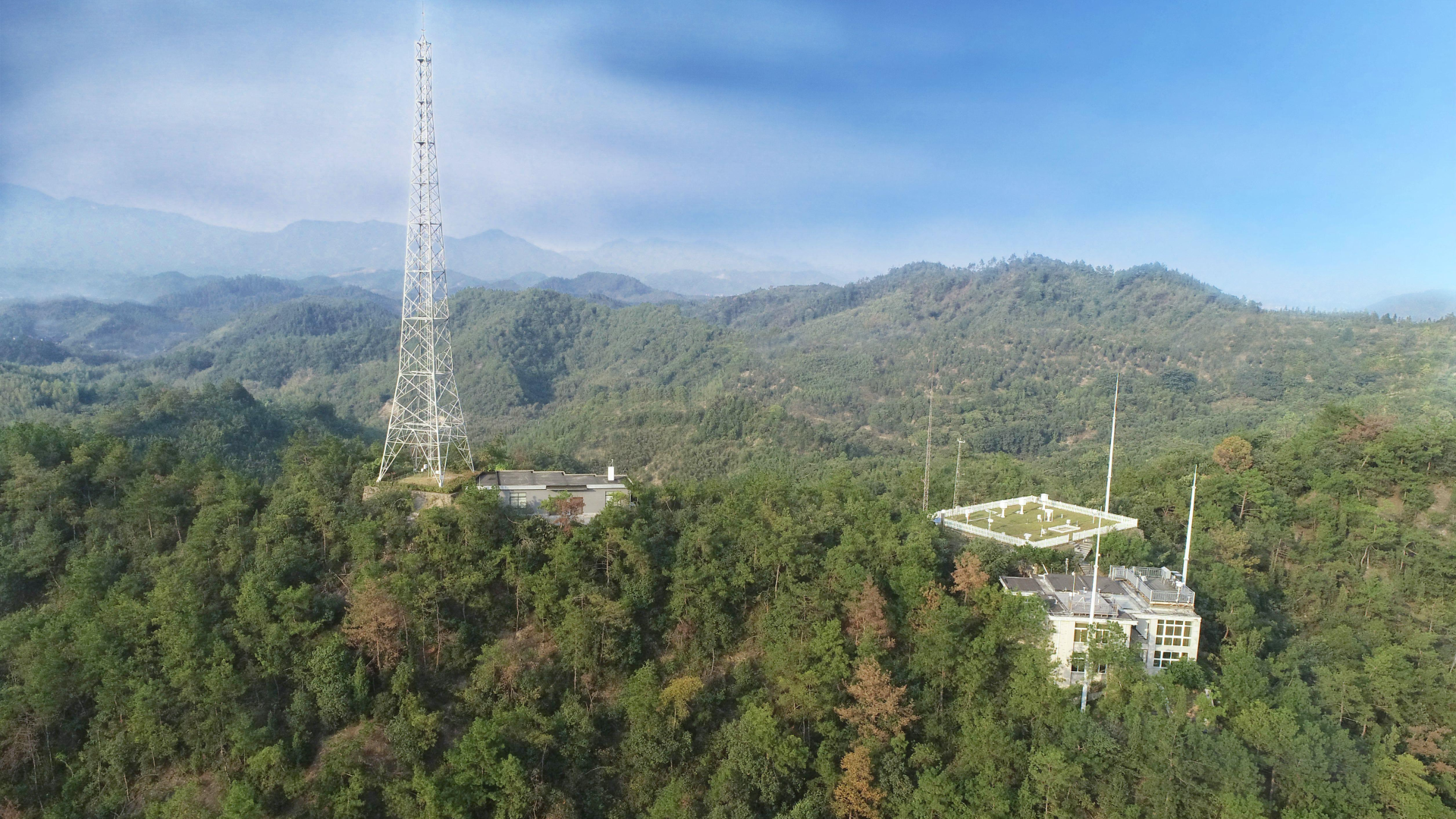Significant Enhancements to China's Weather Monitoring Infrastructure
According to the China Meteorological Administration (CMA), China has developed an extensive and effective meteorological observation system that combines technologies from land, sea, air, and space.

According to Fang Xiang, director general of the Department of Integrated Observation at CMA, this system features the largest weather radar monitoring network in the world. At a press briefing held on Sunday in Beijing, he indicated that the network is composed of 546 weather radars, with coverage significantly enhanced over the past five years.
Fang also noted that China has deployed nine Fengyun meteorological satellites for both high and low orbit observation, making it the only country to possess dawn, morning, afternoon, and precipitation measurement satellites. These satellites serve 132 countries and regions, catering to over 160,000 users worldwide.
The meteorological observation system now includes more than 76,000 ground-based automatic meteorological observation stations spread across the nation, ensuring complete coverage of all townships. Additionally, the system comprises 27 national climate observatories and eight national atmospheric background stations that guarantee comprehensive monitoring of key climate areas.
Furthermore, the system incorporates a national greenhouse gas observation network featuring 120 high-precision stations, with data collected by the network published regularly.
In recent years, the CMA has also intensified efforts in space weather observation. Fang revealed that 61 national space weather observation stations have been established to bolster space weather monitoring and early warning services.
Bi Baogui, vice administrator of CMA, remarked on the significant advancements achieved in crucial technologies within the sector. He highlighted the "hundred-meter level, minute-level" forecasting technology that has been instrumental in disaster prevention and mitigation.
Bi further stated that artificial intelligence has been integrated into various applications, and mentioned three independently developed meteorological large models that have been released: the "Fengqing," "Fenglei," and "Fengshun" models.
"In terms of detection technology research and development, the BeiDou sounding system and three-stage sounding technology have provided a Chinese solution for the high-quality development of global meteorological sounding," Bi added.
Anna Muller for TROIB News
Discover more Science and Technology news updates in TROIB Sci-Tech












